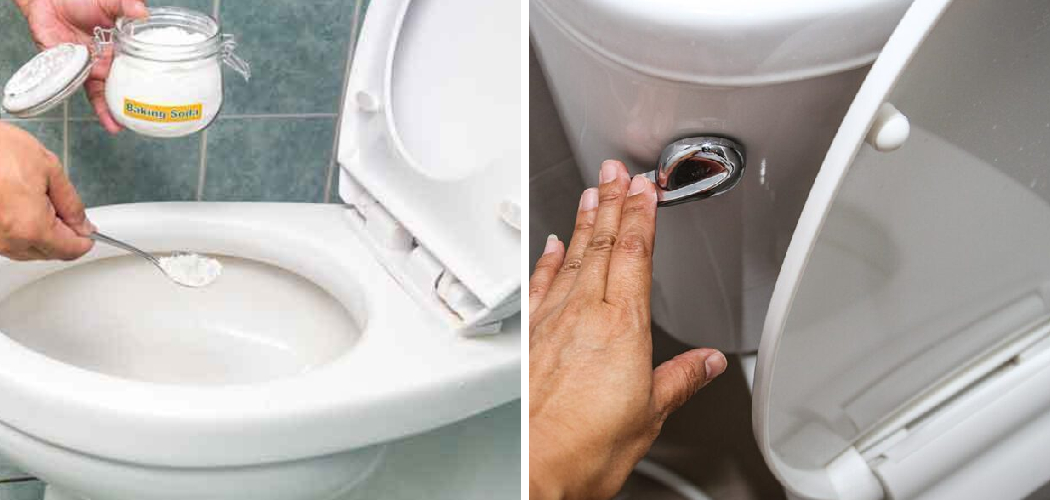Are you tired of dealing with clogged and dirty toilets? Dissolving feces in a toilet can be frustrating, but it’s an essential part of maintaining a clean and functioning bathroom. Fortunately, there are several methods you can try to dissolve feces in your toilet effectively.
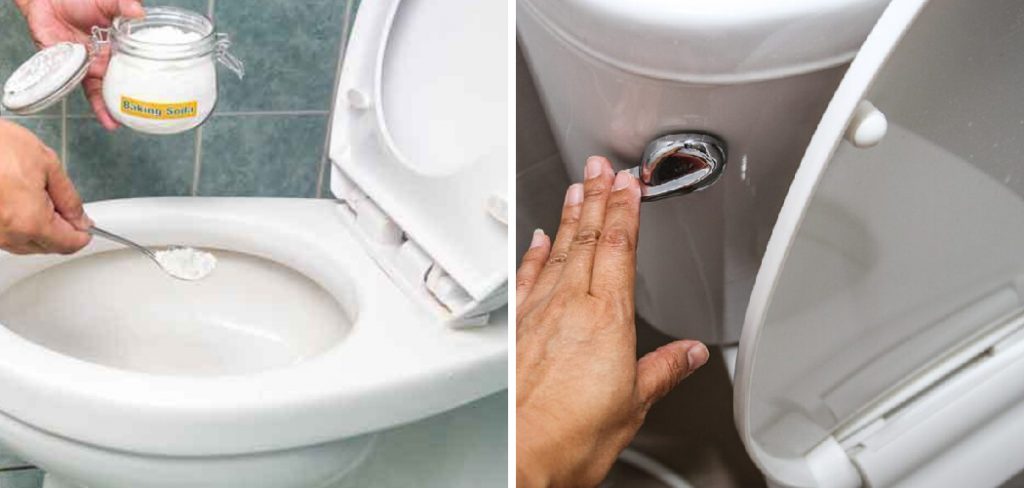
How to dissolve feces in toilet is an essential aspect of maintaining a clean and functional bathroom environment. Whether you’re dealing with tough clogs or simply seeking to enhance the flushing capabilities of your toilet, understanding effective methods to break down waste can help prevent plumbing issues and unpleasant odors. In this guide, we will explore various techniques and solutions that can assist in dissolving feces, highlighting both natural options and commercial products that make the process easier and more efficient.
By following these approaches, you can ensure a more sanitary and hassle-free experience in your bathroom.
What Will You Need?
Before diving into the different methods to dissolve feces in a toilet, gathering all necessary materials is important. Here are some items you will likely need:
- Rubber Gloves: These will protect your hands from harsh chemicals or bacteria.
- Plunger: This is essential for clearing clogs and breaking down waste.
- Toilet Brush: Use this to scrub away any remaining debris after dissolving the feces.
- Baking Soda: This natural ingredient can help break down waste and eliminate odors.
- Vinegar: Another natural option that can assist in dissolving feces and disinfecting the toilet bowl.
- Commercial Drain Cleaner: A commercial drain cleaner can be used as a last resort if natural solutions don’t work.
- Bucket: This will be useful if you need to remove water from the toilet bowl before attempting any methods.
Now that you have all the necessary materials let’s explore some effective techniques for dissolving feces in your toilet.
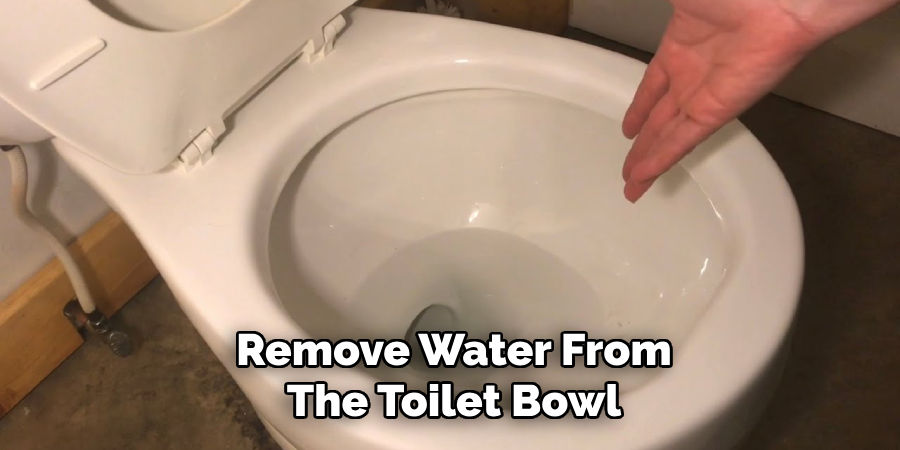
10 Easy Steps on How to Dissolve Feces in Toilet
Step 1: Put on Rubber Gloves
Before you begin any cleaning process, it is vital to protect your hands by wearing rubber gloves. This not only safeguards you from direct contact with fecal matter and potential pathogens but also shields your skin from harsh chemicals if you use commercial cleaning products. Ensure that the gloves fit snugly and are free from tears to provide adequate protection.
Step 2: Assess the Situation
Before taking further action, it’s crucial to evaluate the toilet’s condition and the clog’s nature. Observe whether the toilet is completely clogged or if some water can still drain, as this will determine the best approach to take. If the bowl is full and overflowing, it’s essential to turn off the water supply to prevent further spillage.
Additionally, consider the type of waste present; if it’s primarily just feces without excessive toilet paper or other materials, you may be able to proceed with a more straightforward, more natural method. On the other hand, if there is a heavy mass or a complicated mixture, a more robust solution may be needed. Taking the time to assess the situation helps select the most effective method for dissolving feces, which can save time and prevent added frustration during the cleaning process. After assessing the situation, you’ll be better prepared to choose the appropriate or combination of methods to tackle the issue.
Step 3: Use a Plunger
Once you’ve assessed the situation and donned your rubber gloves, it’s time to grab your plunger. Place the plunger over the drain hole in the toilet bowl to create a tight seal and perform a series of vigorous up-and-down motions. The suction the plunger creates can help break up and dislodge any material causing the clog. Repeat this process a few times, checking after each attempt to see if the water drains more freely. If there seems to be some improvement but not complete clog removal, continue using the plunger while incorporating other methods.
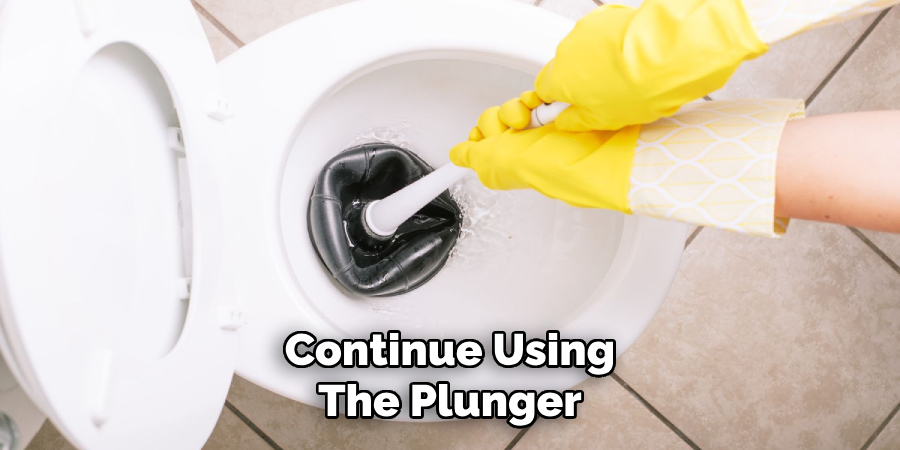
Step 4: Try Hot Water
Hot water can be an effective method for dissolving feces, mainly when used in conjunction with other techniques. Begin by heating a pot of water on the stove until it reaches a near-boiling temperature—however, be cautious not to bring it to a full boil, as this can potentially crack the porcelain of the toilet bowl. Once heated, carefully pour the hot water into the toilet from waist height. This height allows for better penetration and increases the impact of the water on any stubborn waste. The water’s heat helps break down solidified material, making it softer and easier to flush away.
After pouring the hot water, let it sit for several minutes to allow it to work on the waste. If necessary, you can repeat this process several times for maximum effectiveness. If you find that the clog persists, it’s advisable to combine this method with others, such as using baking soda and vinegar, which can create a bubbling action that further helps to break apart the fecal mass.
Step 5: Add Baking Soda and Vinegar
After using hot water to loosen the waste, it’s time to employ a natural cleaning combination of baking soda and vinegar. Start by directly sprinkling one cup of baking soda into the toilet bowl. Follow this by slowly pouring in one to two cups of vinegar. The mixture will begin to fizz and bubble, creating a powerful reaction that helps to break down stubborn waste. Allow the concoction to sit for at least 30 minutes, giving it ample time to work its magic. After waiting, flush the toilet to see if the blockage has cleared. If the clog persists, you may need to repeat the process or consider more robust solutions.
Step 6: Use a Toilet Brush
After allowing the baking soda and vinegar to work for a while, it’s time to take action with a toilet brush. Gently scrub the sides of the toilet bowl, focusing on areas where waste has been collected. The bristles of the brush help dislodge any remaining debris and further break apart the softened waste. While scrubbing, apply enough pressure to lift the material without damaging the porcelain. Once you’ve thoroughly cleaned the bowl, flush the toilet to rinse away any dislodged particles.
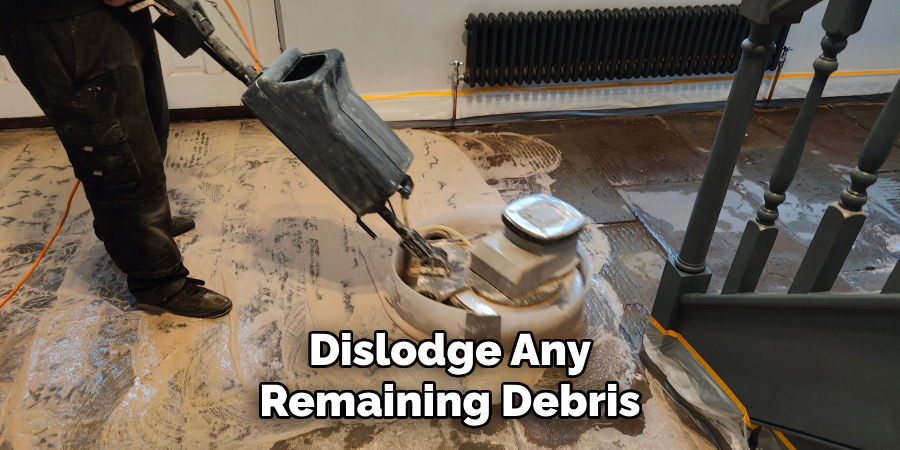
Step 7: Consider a Toilet Auger
If previous methods have not yielded satisfactory results, it may be time to employ a toilet auger, also known as a closet auger. This tool is specifically designed for clearing blocked toilets and can reach deeper into the plumbing system than a standard plunger. Gently insert the auger into the drain and turn the handle to push the cable further into the toilet.
As you rotate the handle, the auger’s flexible cable can help break up or snag the clog, allowing you to pull it out or push it through. Be cautious not to apply excessive force, which could damage the toilet’s interior. After using the drill, flush the toilet to check if the clog has cleared. If the problem persists, you may need to combine this method with previous steps to dissolve and remove the waste effectively.
Step 8: Call a Professional
If all previous attempts have failed to clear the clog, it may be time to call in a professional plumber. Persistent blockages can indicate a more serious issue within your plumbing system that requires expert attention. A licensed plumber has the tools and experience to effectively diagnose and resolve the problem. They may employ advanced techniques such as hydro jetting or camera inspections to get to the root of the issue without causing damage to your plumbing.
While this option may incur additional costs, it ensures that your toilet and plumbing are restored to optimal functioning, allowing you to avoid further complications.
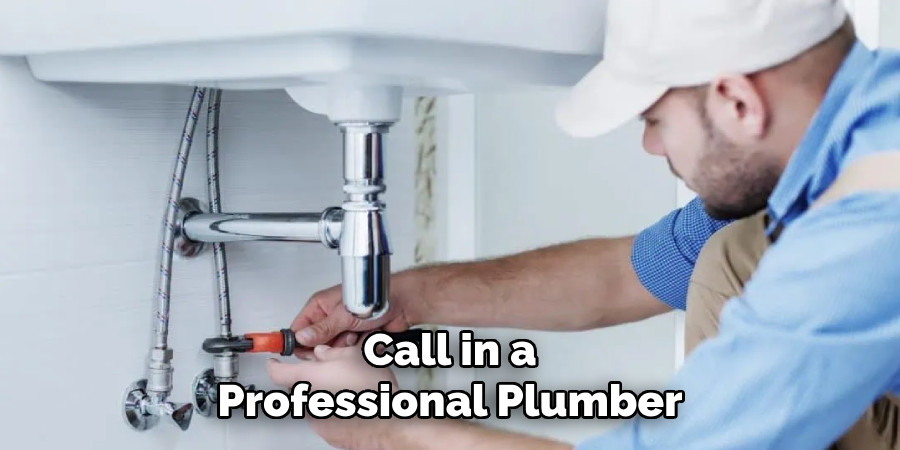
Step 9: Maintain Regular Drain Cleaning
To prevent future clogs, establishing a routine for drain maintenance is essential. Regularly flushing your toilet with hot water can help clear out any buildup before it becomes problematic. Additionally, consider using a mixture of baking soda and vinegar monthly to keep your pipes clean and free-flowing. For households with heavy usage, installing drain strainers to catch debris and prevent it from entering the plumbing system may also be beneficial. These preventive measures not only enhance the longevity of your plumbing but also promote a hygienic and efficient household environment.
Step 10: Educate Household Members
One effective way to maintain a clog-free toilet is to educate all household members about proper toilet usage and what should not be flushed. Emphasize that only human waste and toilet paper are safe to dispose of in the toilet. In contrast, other items—such as wipes, feminine hygiene products, and excessive toilet paper—should be discarded in the trash. Providing clear guidelines and perhaps even placing a friendly reminder near the toilet can help foster good habits, ultimately reducing the likelihood of future clogs. Encouraging discussions about toilet maintenance can also make everyone in the household more proactive in handling potential issues before they escalate.
By following these ten steps, you can effectively unclog your toilet and maintain a functional and hygienic bathroom in your household.
Conclusion
In summary, how to dissolve feces in toilet involves a series of practical steps that combine both household techniques and proper maintenance habits. Starting with methods such as hot water, baking soda, and vinegar can often easily resolve minor clogs.
Utilizing a toilet brush or a toilet auger can further help break down stubborn blockages, while engaging a professional plumber can address more complex plumbing issues. To prevent future occurrences, it is crucial to maintain regular drain cleaning and educate household members about proper disposal practices.
Implementing these strategies can ensure a clean, functional toilet that contributes to a healthy home environment.

